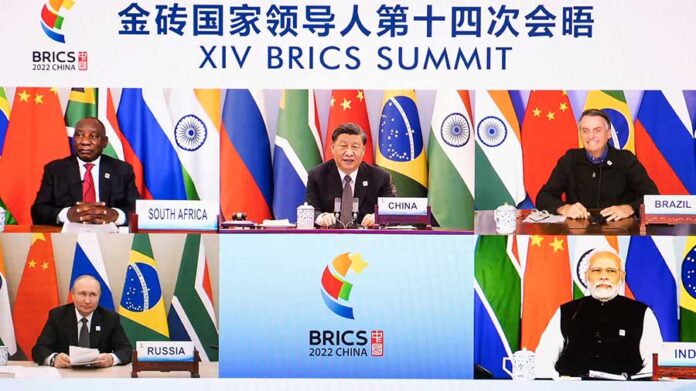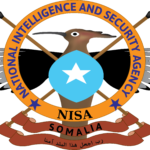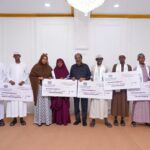The 15th leaders’ summit of BRICS started at Johannesburg in South Africa on Tuesday, August 22. The three-day summit, which will conclude on August 24, is expected to make crucial decisions related to grouping’s expansion and ways of reducing dependence on the US dollar in global trade.
BRICS stands for Brazil, Russia, India, China, and South Africa. It was created in 2009 in order to pave the way for a multipolar world with a greater say for the Global South in the world’s economic and political decision-making, as well as greater mutual economic cooperation among its members.
Brazilian President Luiz Inacio Lula da Silva, Chinese President Xi Jinping, Indian Prime Minister Narendra Modi, and South African President Cyril Ramaphosa will attend the summit with Russian President Vladimir Putin joining them virtually.
In the absence of Putin, Russian foreign minister Sergey Lavrov will lead his country’s delegation in the in-person meetings.
According to Sputnik, for the first physical BRICS summit since the COVID-19 outbreak, the host South Africa has invited 67 heads of state or governments and 20 heads of international organizations, including the Secretary General of the UN.
A majority of the invitees, including Iranian president Ebrahim Raisi and Indonesia’s president Joko Widodo, have confirmed their attendance. This will make the BRICS summit the largest gathering of non-western leaders ever, according to Sputnik.
Major Agenda
With the objective of fostering closer economic cooperation among its members in the coming period, the theme of this summit is BRICS and Africa: Partnership for Mutually Accelerated Growth, Sustainable Development, and inclusive multilateralism.
“An expanded BRICS will represent a diverse group of nations with different political systems that share a common desire to have a more balanced global order,” South African President Ramaphosa said on Sunday.
The BRICS summit will discuss the need and ways to expand the membership of the grouping to make it more representative and diverse. BRICS already represents more than 40% of the world’s total population and a quarter of its GDP. At least 40 countries have expressed their desire to join the group, among whom at least 23 have formally applied. These include Iran, Indonesia, Saudi Arabia, and Cuba.
The group is also expected to decide on ways to boost mutual trade in the currencies of its members in order to reduce dependence on the US dollar. The move reflects the growing desire among the countries of the Global South to challenge the hegemonic policies adopted by the West against its members and to counter their diktats.
Some of the BRICS countries have already decided to trade in their domestic currencies instead of the US dollars.
Two members of BRICS, Russia and China, have also faced sanctions and trade restrictions imposed by the US and its western allies.
Greater and closer economic cooperation among the members is also on the agenda, along with an enhanced role for the New Development Bank (BRICS Bank) created in 2015.
Speaking to Democracy Now, Vijay Prashad, Chief Correspondent, Globetrotter, noted that Brazil, South Africa, and India had been seeking permanent seats at the UN Security Council for many years but had been denied. “For these countries, BRICS is an instrument to push forward their political views which they feel are not taken seriously, particularly by the Western countries, who they feel have blocked them from permanent seats in the Security Council,” he added.
Source: Peoples Dispatch





